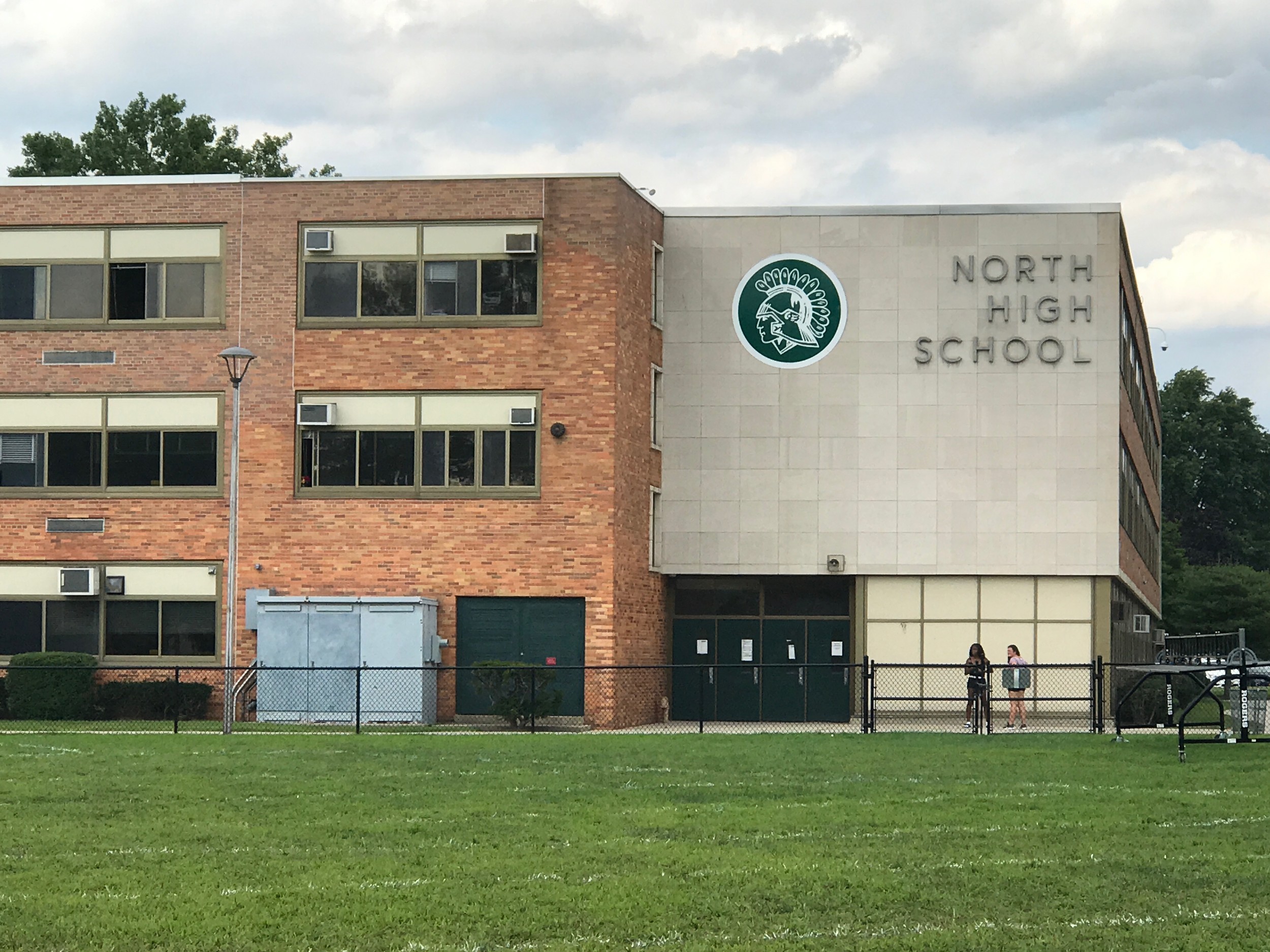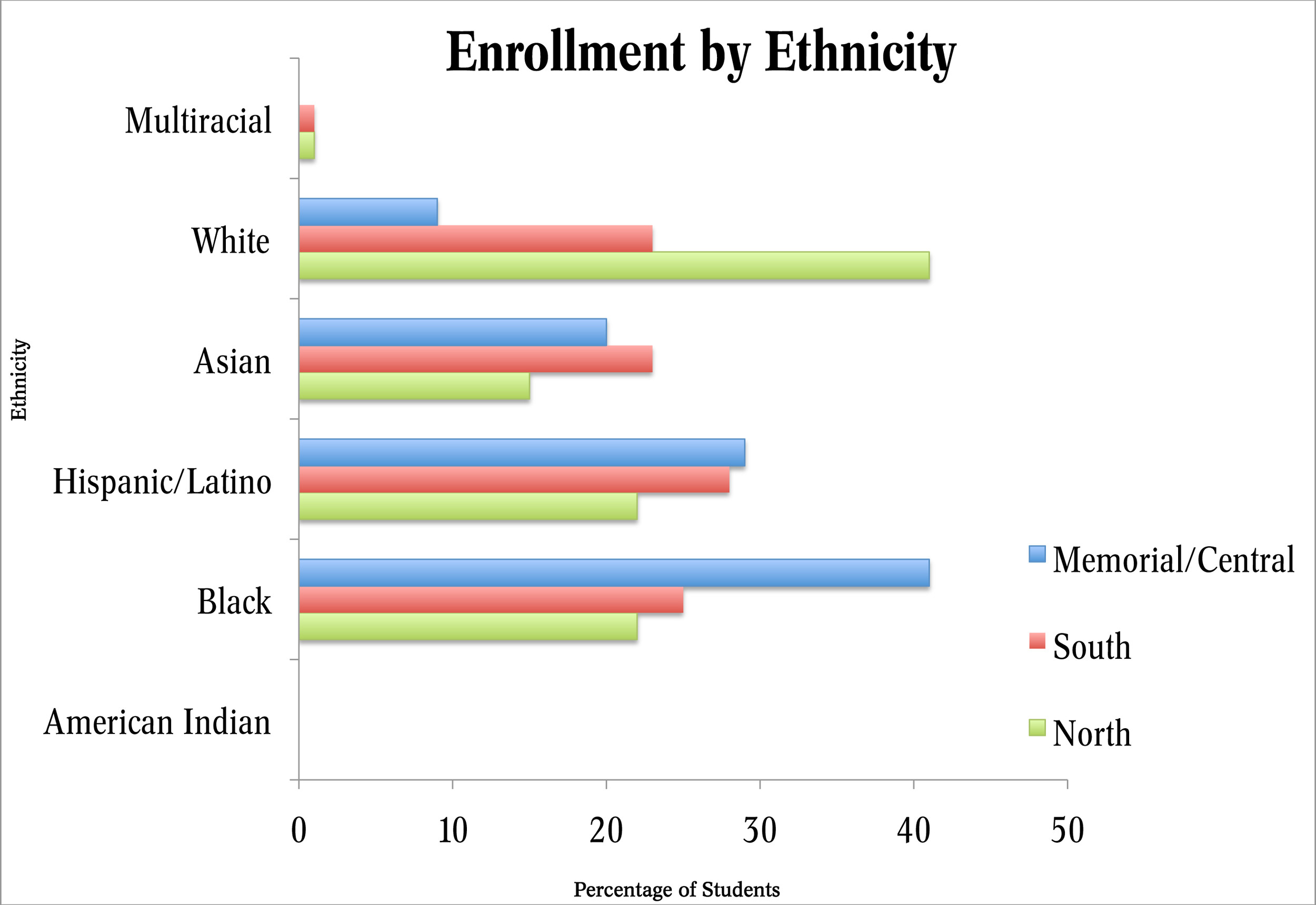Panel to review impact of school choice policy
The high school district’s Board of Education has approved the creation of a committee that will study a decades-old district policy that allows incoming students to choose the school they attend, and the policy’s impact on enrollment. The move, at a meeting on Aug. 29, came after parents and teachers signed a petition to the board in June protesting the policy, which its critics believe contributed to overcrowding at North High School that has now reached a tipping point.
“Based on this time frame and the amount of planning within the schools if there are changes ... they wouldn’t take place until most likely September of 2019, because there’s a process that needs to take place,” Superintendent Bill Heidenreich said of the committee.
Students entering the high school district from the feeder elementary districts must submit their waiver requests by Feb. 15 during their sixth-grade year. Those who have recently moved to the community and are entering the district for the first time can also submit a waiver within 45 days of their registration. (North and South are junior-senior high schools, Memorial is a junior high school and Central is a high school.)
Though parents and teachers claim that North High School is overcrowded, district officials maintain that the building has not exceeded functional capacity — a number calculated by a district architect that considers things like square footage, the number of desks, the number of lockers and the number of people that can fit into a building. In the petition, submitted to the Board of Education, North High School parent Krista Testani urged the board to take action despite the fact that functional capacity isn’t reached.
“[Functional capacity] does not speak to the experience or quality of the education that our students are receiving,” the perition reads. “Nor does that technical equation measure the negative impact that is presently occurring.”
Last year’s enrollment figures show all four schools below their functional capacity — though South, Memorial and Central dipped well below capacity. Central had 994 students enrolled; its capacity is 1,906. Memorial had 841 students; its capacity is 1,831. North had 1,386; its capacity is 1,823. South had 1,283; its capacity is 2,064.
Nonetheless, Rich Adams, president of the Valley Stream Teachers’ Association, said that there are some observable signs of a problem. “I’ve heard from some teachers at North that are concerned about their class size,” he said.
Adams noted that teachers have to occasionally cycle through a single classroom throughout the day at North, and that they have said there is a lack of office space. Changes in the student population across the district also cause teachers to be split between buildings, which can inhibit their ability to offer extra help.
Patrick Naglieri, former president of the VSTA, said he believed that Memorial and Central parents feel hurt by the flight of students from their schools.
“I think you have some parents at Memorial who feel like, ‘Hey, you know what? Why are people leaving our school? Our kids perform just as well or better than the kids from the other school. Why does everybody look at us like we’re second-class citizens?’” Naglieri said.
The movement from Memorial and Central is reflected in this year’s waiver figures, as 121 students who are zoned to attend Memorial requested either North or South, compared with four students from elsewhere who asked to attend Memorial.
There are several theories about why there is a desire to “waive out” of Memorial and Central. The petition briefly referenced a culture of bullying when it comes to waiver requests, in which parents with children zoned for Memorial are pressured to waive out by other parents.
In several interviews with the Herald, other parents, who did not want to be named, said they believed that race was a factor in the disproportionate number of waivers, since Memorial’s and Central’s current student bodies are overwhelmingly nonwhite. The parents also offered theories about Memorial and Central being falsely labeled as underperforming schools, or schools that have more visible police activity, since they are situated on Fletcher Avenue, a prominent thoroughfare.
Heidenreich said that the first meeting of the committee, which will include representatives of all 10 parent-teacher associations, the VSTA, Trustee John Maier and other community members, would be held on Sept. 28.
“It’s an old problem that’s been left unaddressed,” Naglieri said. “It’s kind of like a festering sore. Somebody’s picking the scab now.”
Melissa Koenig contributed to this story.

 51.0°,
Fog/Mist
51.0°,
Fog/Mist 







